6. 3D Printing – Weird Science
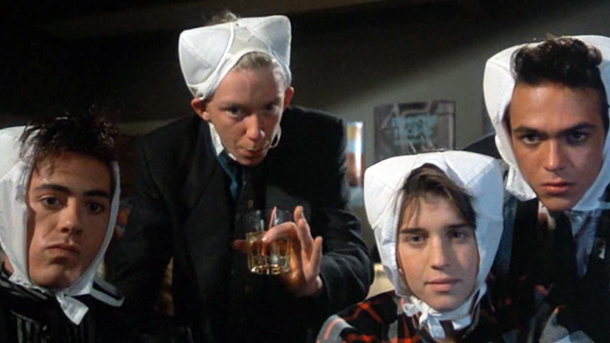
Using computer voodoo to produce a supermodel-esque girlfriend by assimilating nothing but the abstract concept of the proverbially perfect woman and a pre-existing plastic doll doesn’t fit neatly into the 2016 ideal of three-dimensional printing.
And when 3d printing ignites the third industrial revolution and manufacturing as we know it today is completely transformed, no one will look back at writer/director John Hughes’ 1985 teen-comedy Weird Science as the point of synthesis for this metamorphosis of the global economy.
But…
3d printing is technically nothing more than a process of additive manufacturing where a three-dimensional product is synthesized from multiple elements using some type of secondary data source. Since, technically, this is what Gary and Wyatt accomplished, Weird Science makes it onto the list. And rightfully so.
It was tough being a nerd in the 80’s. One was forced to rely on many unconventional means to impress girls and otherwise move up in the ever so important high school social order. Sometimes you had to spend your savings of an over-priced post-western suede jacket. Sometimes, regardless of your physical abilities, you had to join the football team.
Sometimes you had to find a way to turn a Barbie into Kelly Le Brock. And years before toys, turtle shells, or entire office buildings were being printed in 3D, this is just what Gary and Wyatt did. While 3D printing has crept into the realm of affordability in recent years, it will probably be just a few more before supermodels are created from whole cloth.
7. The Absurd Popularity of Reality TV – The Truman Show
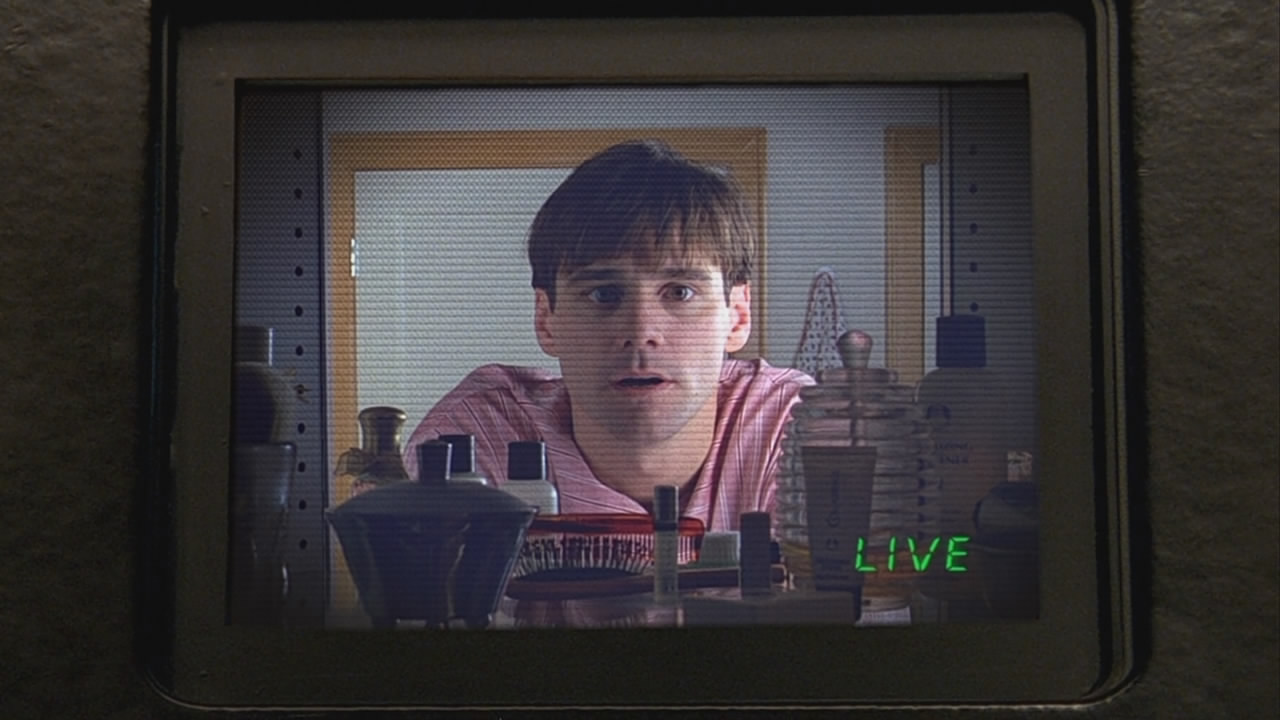
In a sense, reality television is as old as television itself. The networks have always seen entertainment value in unscripted programming. Thrusting everyday (and sometimes unwilling) people into uncomfortable situations has been done and redone, tried and retried.
The public has heard the confessions of criminals and children, and watched cops across the country hogtie the shirtless. But an innocuous nobody with no special talents or gifts becoming one of country’s most recognizable celebrities? Today, such a thing is common place. Twenty years ago this scenario was only available as a comedy-drama directed by Peter Weir.
At one point in time, the status of celebrity was reserved for the remarkable and talented, or at least the wealthy elite. People have always craved celebrities, but only recently has normalcy and un-remarkability sufficed.
But today, if one is inclined, one could waste their entire life watching strangers shop for groceries, plan their future with their spouse, or drive a car.
And while the television watching population hasn’t “become bored with watching actors give us phony emotions,” and isn’t yet “tired of pyrotechnics and special effects,” as claimed by Cristof, the fictional creator of the Truman Show, they have become complacent with the type of conflict and drama that will suffice as entertainment.
8. Home Automation – Electric Dreams
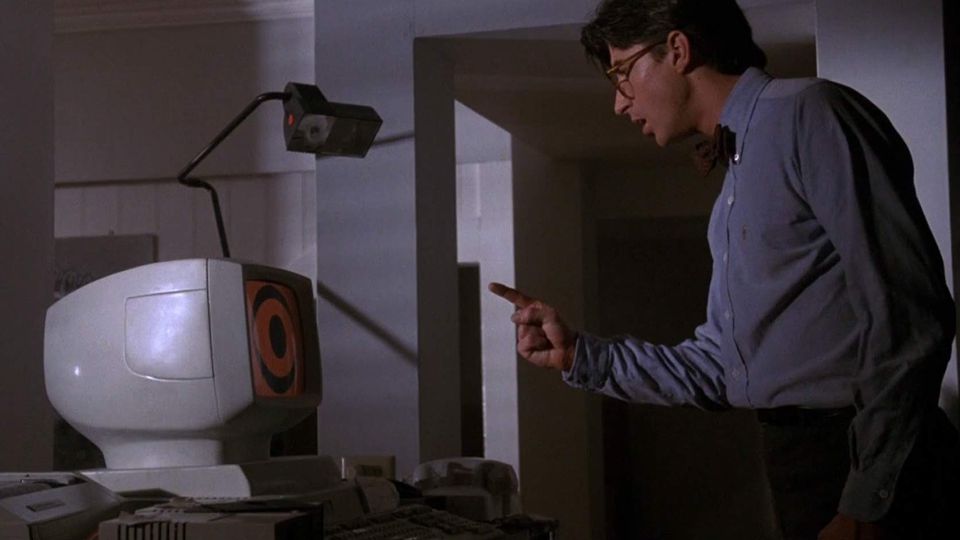
All developed countries are looking forward to future where their door locks, lighting, music, shades and curtains, security system, etc. are all fully automated. And if home automation is controlled by some type of sentient entity housed on our personal computer all the better. However, some type of mechanism will need to be put in place to prevent said entity from turning the automation against us.
In this quasi retelling of Cyrano de Bergerac (which predated Steve Marin’s Roxanne by three years), Miles finds himself at odds against Edgar, his new PC, as they have a mutual love interest in Madeline, who lives upstairs.
Although Edgar original held the upper hand by impressing Madeline with his synth cello improv abilities, Miles wins in the end, but not before an altercation results in Edgar attacking Miles with the only means he has available – the home itself. Edgar turns doorknobs, lights, small appliances, and even the refrigerator against Miles.
Electric Dreams was ultimately a box office flop, and was pounded upon by critics for good reason. But a film from 1984 in which the fridge, locks, and lights are controlled via computer network? Good enough to get it on the list.
9. Networked Video Games, Home Shopping, etc. – The Cable Guy
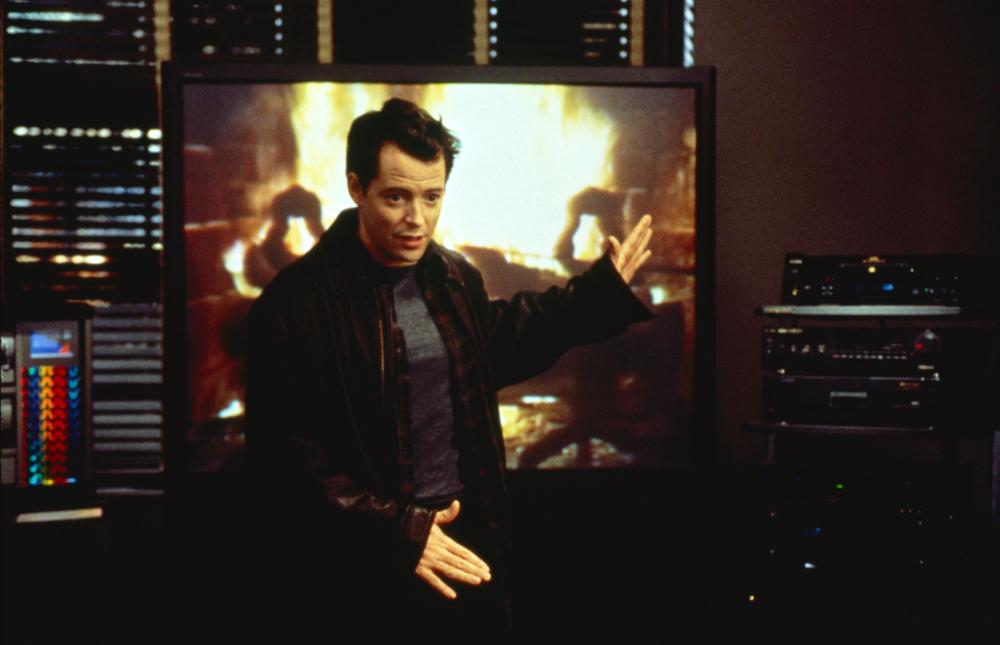
This Ben Stiller directed dark comedy is hardly speculative fiction. The movie deals much more with traditional themes such as social isolation and loneliness than it does the impact of technology on society.
However, in what is perhaps the most notable scene in this film, a psychopathic cable installer delivers a monologue which spans only about 20 seconds and uses 50 words. But this speech foretold of a future of Xbox Live, Smart TV, absurdly expansive Cable/Satellite television packages, and Amazon.com.
If you’re a gamer, chances are you’ve shared a game with someone in a distant country. If you’ve never shopped online, chances are you just don’t have access to the internet. If you have an interest in classic art or female wrestling – either is just one search away.
10. The Capabilities of the NSA – Enemy of the State
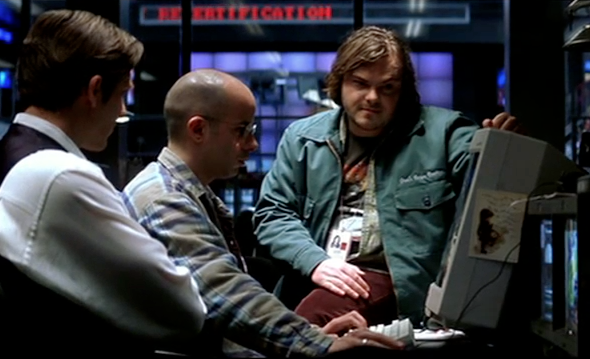
Yes, Enemy of the State suffers from the continent-sized plot holes that plague most conspiracy theory action/adventure films, has incredibly shallow characters, and features Jack Black in a dramatic role. But the writers certainly “told us so.”
In the late 90’s, before the National Security Agency (NSA) was a household name, it was difficult to imagine that the technology on display in this film would be fully functional and (somewhat) LEGAL within a decade.
The NSA portrayed in this film had vast surveillance capabilities. Warrantless (and near instantaneous) wire taps, personal GPS trackers, and computer programs capable of three-dimensional speculation were just a few of the methods the (hopefully) dramatized NSA used to terrorize a labor and employment attorney who was drawn into the plot via happenstance. We know now that, of course, all of these technologies are real. And are currently used against American citizens.
Now the unsettling part.
The film’s major inciting incident is the murder of a prominent Congressman by the NSA in order to secure the passage of the fictional “Telecommunications Security and Privacy Act.”
While this piece of legislation isn’t much discussed within the film, it doesn’t take much speculation to make some assumptions about its contents.
And while the great conspiracy was uncovered and this legislation ultimately died on the vine in Washington D.C., just a few years later the real President of the United States signed the very real “Uniting and Strengthening America by Providing Appropriate Tools Required to Intercept and Obstruct Terrorism Act of 2001,” better known as the PATRIOT Act. It’s probably a safe assumption that these two pieces of legislation covered much of the same ground.
Author Bio: Rob is an unemployed writer who poses as a sales professional from 8-5. He resides in Indianapolis with his wife, daughter, and their two insubordinate dogs.